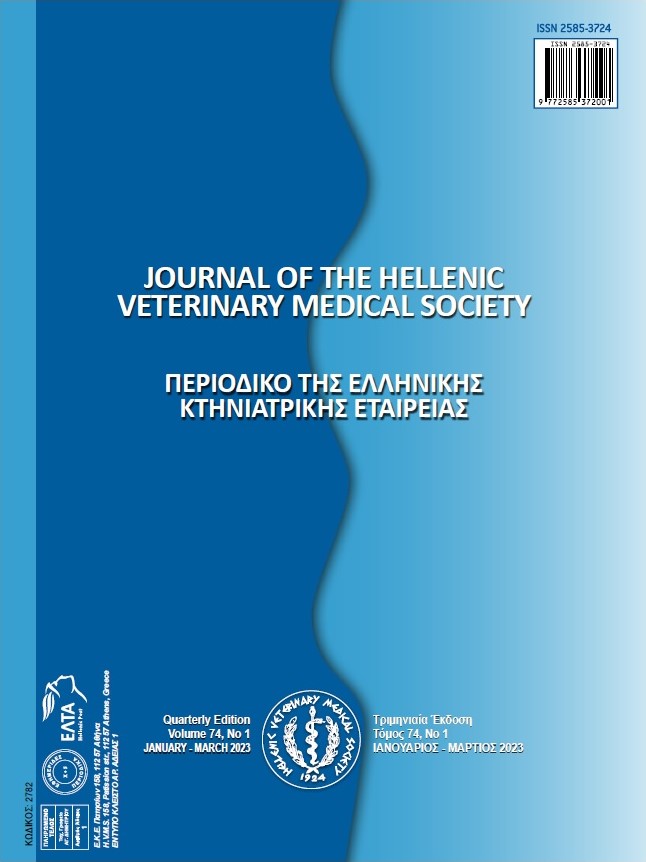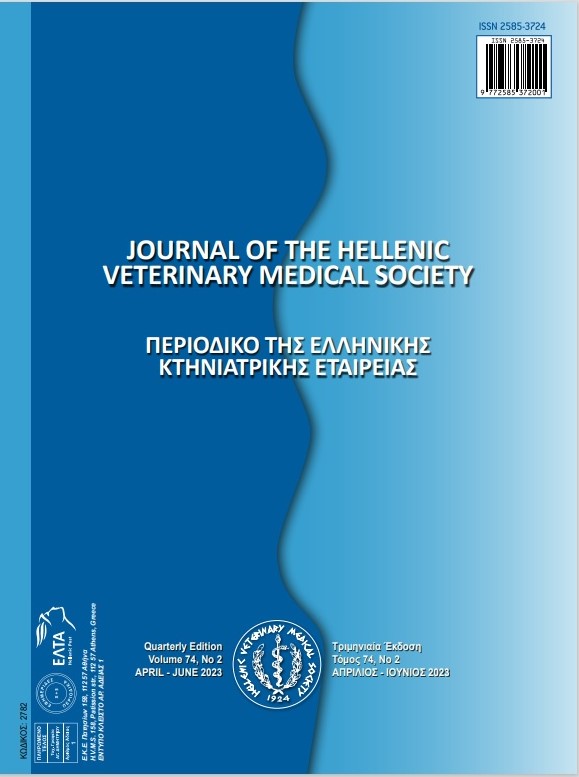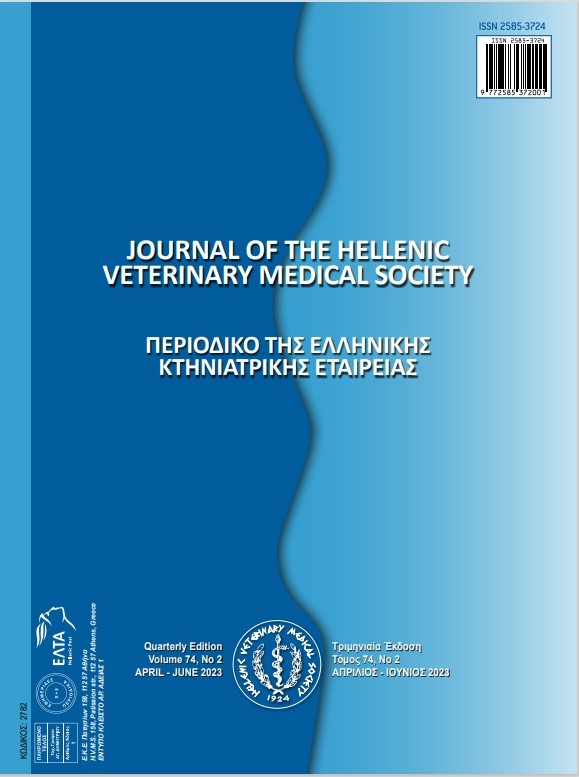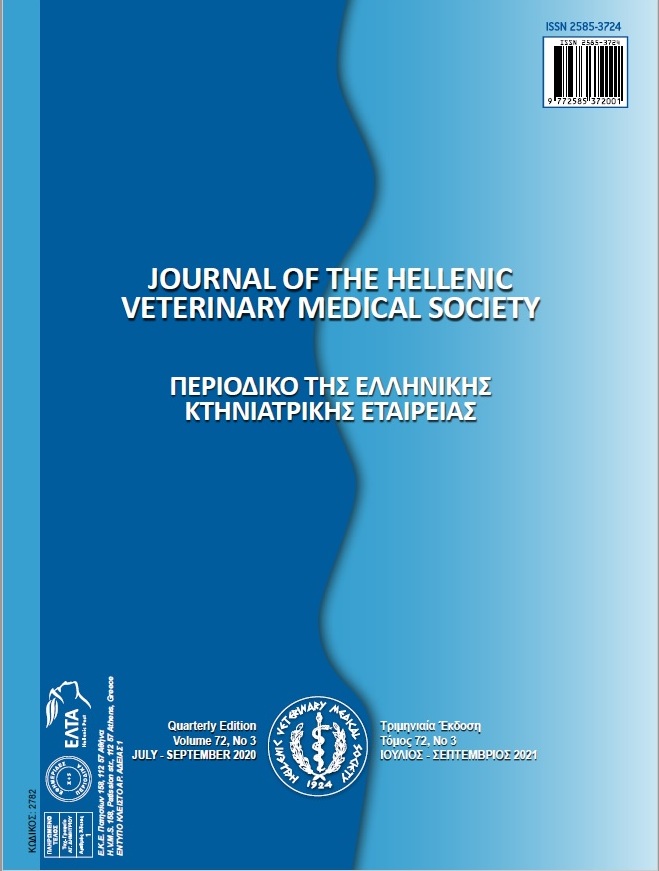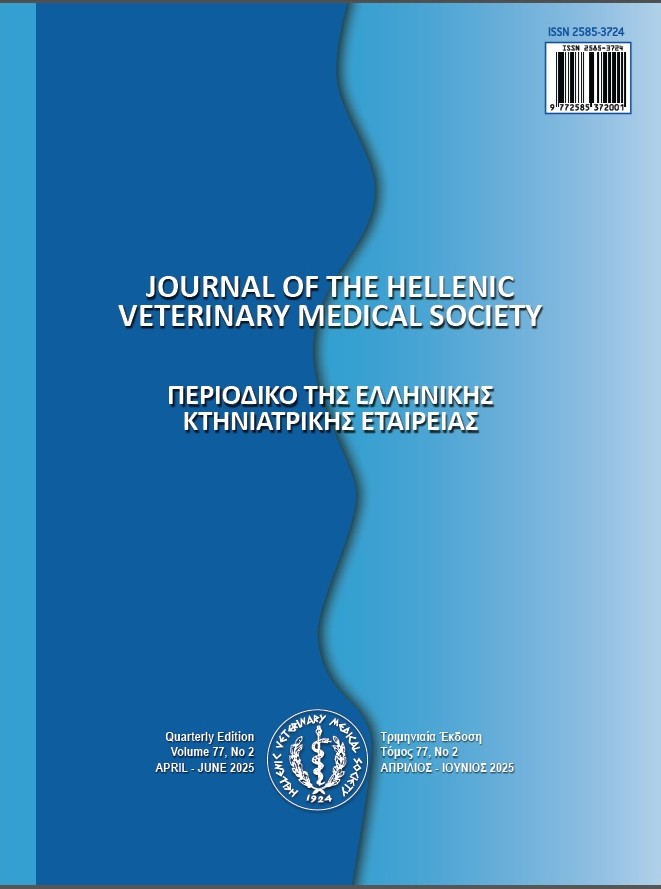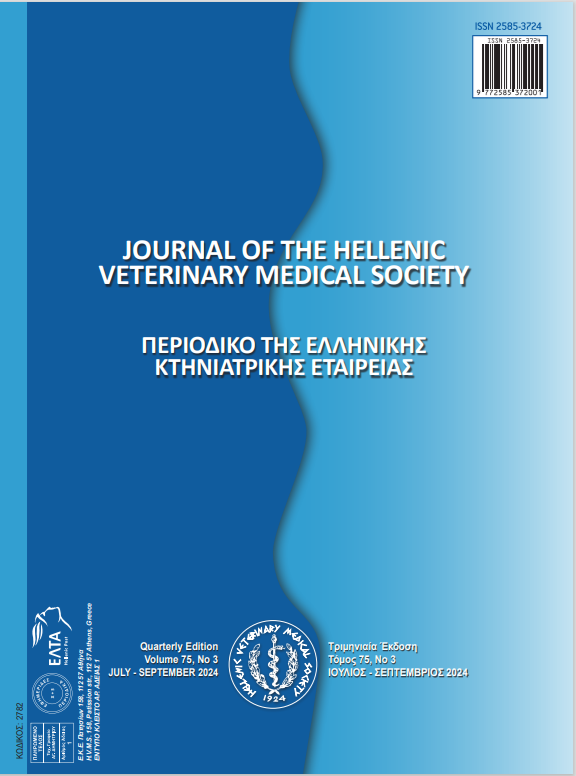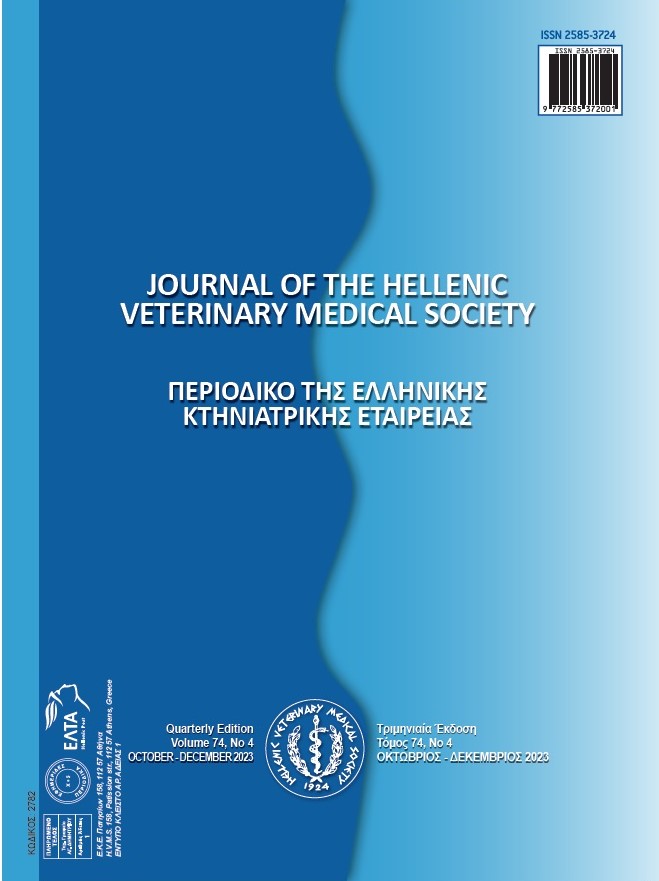Influence of Mycostop Mycotoxin Adsorbents on Production, Oxidative Stress, and Economic Cost of Laying Hens Intoxicated with T-2 Toxin

Abstract
Mycotoxin contamination in poultry feed poses a significant threat to both production performance and animal health. Among various mycotoxins, the T-2 toxin stands out as particularly detrimental to laying hens, leading to decreased productivity and increased oxidative stress. This study aimed to evaluate the efficacy of two mycotoxin adsorbents, Mycostop Premium 2.0 and Mycostop Supreme, at a concentration of 2 kg/t of feed, in mitigating the adverse effects of T-2 toxin on laying hens' production performance, nutritive and physical egg quality, oxidative stress levels, the occurrence of oral and tongue lesions, and economic cost of production. A total of 200 laying hens were randomly allocated to four dietary treatments: control T1 (basal diet without T-2 toxin or mycotoxin adsorbents), T2 (basal diet contaminated with 8 mg/kg of T-2 toxin), T3 (basal diet contaminated with 8 mg/kg of T-2 toxin and 2kg/t of feed Mycostop Premium 2.0), and T4 (basal diet contaminated with 8 mg/kg of T-2 toxin and 2kg/t of feed Mycostop Supreme). The trial lasted for 56 days, during which production performance parameters, including feed intake, egg production, egg weight, and feed conversion ratio, were monitored. Additionally, nutritive and physical egg quality traits, such as shell strength, yolk color, albumen height, and Haugh unit, were assessed. Oxidative stress biomarkers, including malondialdehyde (MDA) levels, antioxidant enzyme activities, and total antioxidant capacity, were measured to evaluate the impact of mycotoxin adsorbents on oxidative stress levels in laying hens. Furthermore, the occurrence and severity of oral and tongue lesions were recorded to assess the potential protective effects of Mycostop Premium 2.0 and Mycostop Supreme against mycotoxin-induced oral health complications. In conclusion, findings of this research highlight the potential of mycotoxin adsorbents as valuable tools for safeguarding poultry health and optimizing productivity in mycotoxin-challenged environments.
Article Details
- How to Cite
-
Puvača, N., Shtylla Kika, T., Brkić, I., Ljubojević Pelić, D., Tufarelli, V., Nikolova, N., Kostić, B., Radojičić, I., Brkanlić, S., & Bursić, V. (2025). Influence of Mycostop Mycotoxin Adsorbents on Production, Oxidative Stress, and Economic Cost of Laying Hens Intoxicated with T-2 Toxin. Journal of the Hellenic Veterinary Medical Society, 75(4), 8445–8456. https://doi.org/10.12681/jhvms.37778
- Issue
- Vol. 75 No. 4 (2024)
- Section
- Research Articles

This work is licensed under a Creative Commons Attribution-NonCommercial 4.0 International License.
Authors who publish with this journal agree to the following terms:
· Authors retain copyright and grant the journal right of first publication with the work simultaneously licensed under a Creative Commons Attribution Non-Commercial License that allows others to share the work with an acknowledgement of the work's authorship and initial publication in this journal.
· Authors are able to enter into separate, additional contractual arrangements for the non-exclusive distribution of the journal's published version of the work (e.g. post it to an institutional repository or publish it in a book), with an acknowledgement of its initial publication in this journal.
· Authors are permitted and encouraged to post their work online (preferably in institutional repositories or on their website) prior to and during the submission process, as it can lead to productive exchanges, as well as earlier and greater citation of published work.



